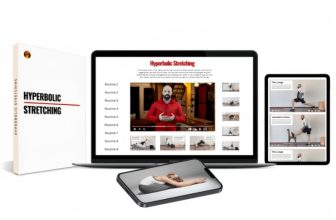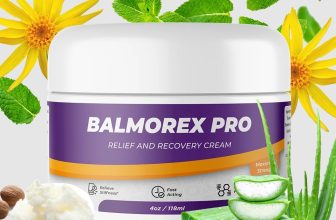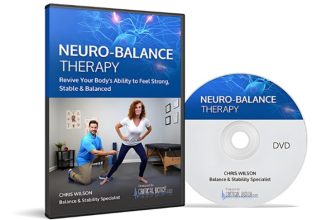Hyperbolic Stretching: An In-Depth Analysis of Its Claims, Effectiveness, and Practicality
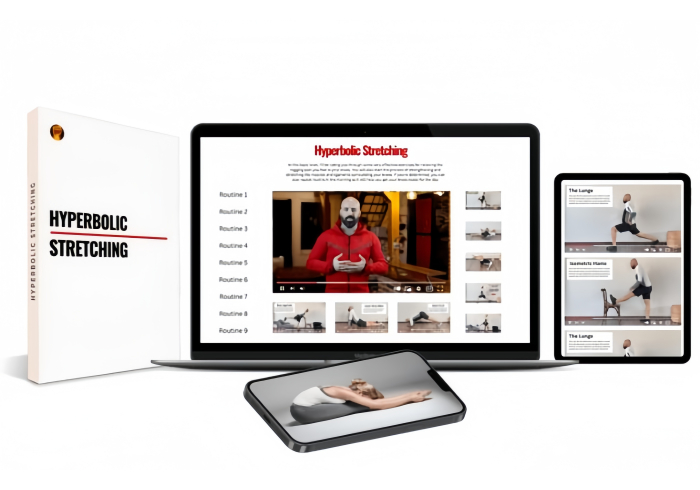
Hyperbolic Stretching is an increasingly popular program that promises enhanced flexibility, pelvic floor strength, and even improvements in overall well-being—all through just eight minutes of stretching a day. The gender-specific program, developed by Alex Larsson, has generated both excitement and skepticism. But what makes this program different from traditional flexibility techniques? Is it truly effective? In this comprehensive review, we will dissect the main elements of Hyperbolic Stretching to help you determine whether it’s worth your time and effort.
The Origins of Hyperbolic Stretching
Hyperbolic Stretching was created by Alex Larsson, a former computer programmer who claims he experienced a “total neuro-muscular shutdown” that prompted him to develop this program. Larsson’s story serves as the foundation for the program’s credibility. This section will explore Larsson’s journey, from his sedentary lifestyle to becoming a flexibility advocate, and explain how this program became a notable name in fitness.
How Hyperbolic Stretching Works: The Science Explained
The core of Hyperbolic Stretching lies in its promise to override what it refers to as the “tension reflux” or “survival reflux,” allowing users to achieve a full split. In this section, we will delve into:
- The concept of tension reflux and how it compares to traditional concepts in physiology, such as reciprocal inhibition.
- The Five Phases of the Program: including warm-up, the split test, weekly exercises, and maintenance.
- The idea of excessive or exaggerated stretching and how it impacts muscles and joints.

The Promises and Claims of Hyperbolic Stretching
Hyperbolic Stretching makes several ambitious claims. These include:
- Enhanced flexibility and muscular relief
- Improved core strength and pelvic floor power
- Benefits such as increased energy, better performance in intimate situations, and stimulation of nitric oxide and growth hormone production. In this section, we will analyze these claims, one by one, and evaluate whether they hold up based on available scientific evidence.
Expert Opinions and User Experiences
The program has received a variety of responses from users and experts alike.
- Dr. Daniel Lopez, a chiropractor, believes the program can be effective for those with specific needs, such as chronic tightness in the legs or lower back pain. However, he notes that it was a challenging and sometimes uncomfortable experience.
- Chris Worfolk, a triathlete and psychologist, conducted a personal experiment with Hyperbolic Stretching and shared his progress, ultimately finding only moderate improvement.
This section will provide a thorough look at these opinions, while also including input from scientific studies that support or contradict the potential benefits of the program.

Comparative Analysis with Traditional Stretching Techniques
There are many methods to improve flexibility, including:
- Static Stretching
- Dynamic Stretching
- PNF (Proprioceptive Neuromuscular Facilitation)
How does Hyperbolic Stretching compare to these traditional approaches? Here, we’ll explore the pros and cons of Hyperbolic Stretching versus other types of stretching. We will discuss which approach is more suitable for beginners, intermediate, and advanced users, and how each impacts flexibility, strength, and overall well-being.
The Role of Physiology and Biomechanics in Hyperbolic Stretching
To understand why Hyperbolic Stretching might work, it’s essential to discuss the physiological and biomechanical aspects involved:
- How Muscles Respond to Stretching: Including the role of the Golgi tendon organ and reciprocal inhibition.
- Pelvic Floor Muscles and Flexibility: The targeted muscle groups in Hyperbolic Stretching and how stretching affects them.
- Biomechanical Analysis: How stretching affects joint mechanics, and whether Hyperbolic Stretching poses a higher risk of injury compared to traditional techniques.
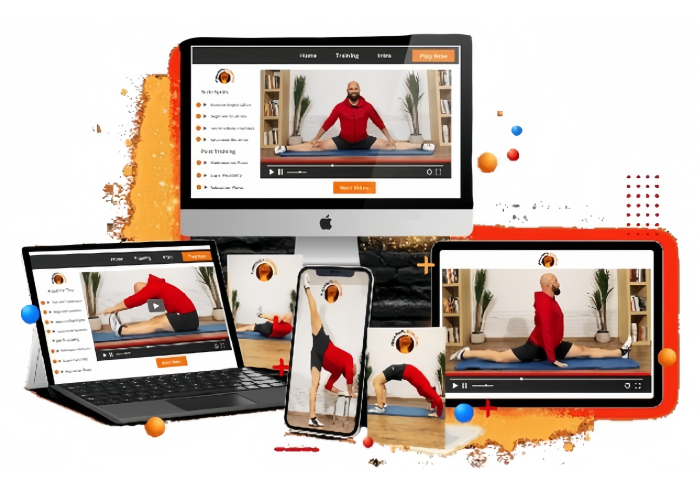
User Results: Success Stories and Challenges
In this section, we will compile user testimonials and discuss:
- The success stories of those who managed to achieve full splits or significant gains in flexibility.
- Challenges and setbacks faced by users, including discomfort, lack of results, or other struggles.
- Target Audience: Who is most likely to benefit from Hyperbolic Stretching, and who might struggle with the program?
Unique Features and Differentiators
What makes Hyperbolic Stretching unique?
- Time Efficiency: The program claims that users only need 8 minutes per day.
- No Warm-Up Required: Unlike most fitness programs, Hyperbolic Stretching emphasizes that users can perform splits without warming up.
- This section will discuss these differentiators in detail, assessing both their advantages and their potential risks.

Flexibility and Overall Health Benefits
Flexibility is often linked to numerous health benefits, including reduced risk of injury, decreased muscle tension, and improved mobility.
- Flexibility and Mental Health: How the relaxation associated with stretching can alleviate stress and tension, potentially improving mental health.
- Impact on Daily Activities: Whether improved flexibility leads to enhanced performance in sports or day-to-day movements. This section will evaluate how realistic the program’s promises are, and whether Hyperbolic Stretching lives up to its potential for improving overall well-being.
The Reality Behind Key Claims: What Science Says
In this section, we will dive deeper into specific claims made by the program:
- Does Hyperbolic Stretching Increase Human Growth Hormone (HGH)?
- An analysis of existing literature on HGH production through exercise, and whether stretching can play a role.
- Can Stretching Enhance Sexual Performance?
- Evaluating the connection between nitric oxide, pelvic floor strength, and sexual health, and discussing the validity of this claim.
- Stretching and Fat Loss: Is it really possible to burn fat through stretching alone? We will discuss the science behind fat burning, glycogen depletion, and the role of stretching.
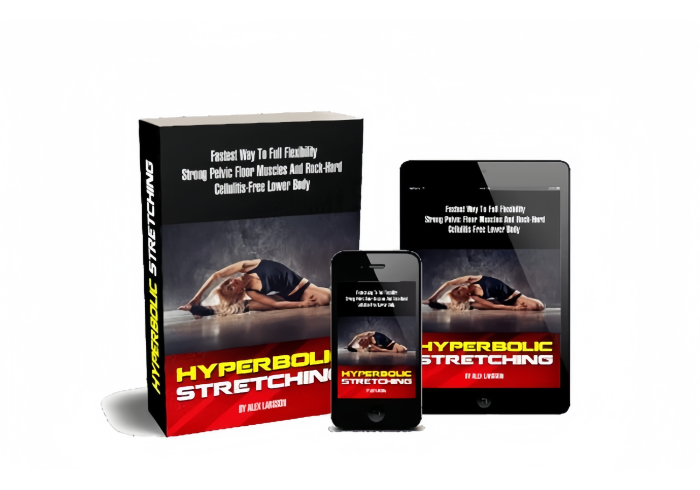
Conclusion: Should You Try Hyperbolic Stretching?
In conclusion, Hyperbolic Stretching offers a unique and intriguing approach to improving flexibility and strength. However, the program’s ambitious claims require careful consideration. We’ll summarize the following:
- The realistic benefits you can expect, such as improved flexibility and potential reduction in muscle tightness.
- Limitations and risks: Including the lack of scientific support for some of its claims and the potential danger of stretching without proper warm-up.
- Who would benefit most from this program: Is it suited for athletes, those with chronic pain, or people simply looking to become more flexible?
This section will provide a balanced final assessment and help readers decide whether Hyperbolic Stretching aligns with their fitness goals.







